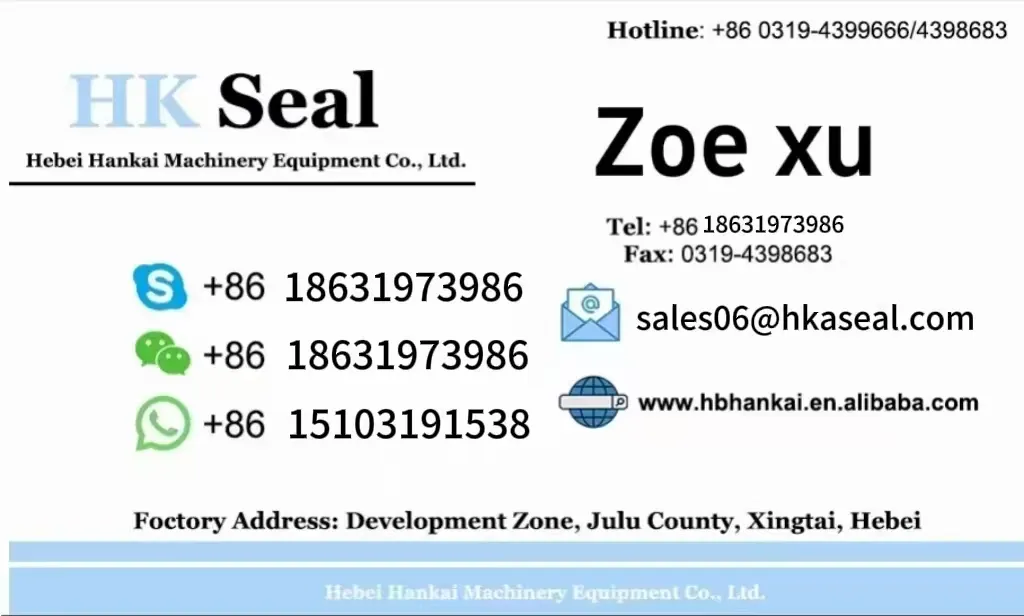Cèit . 09, 2025 07:07 Back to list
50x90x10 Oil Seal - High-Temperature & Leak-Proof Industrial Solution
- Understanding the Core Functionality of 50x90x10 Oil Seals
- Technical Advantages in High-Pressure Environments
- Manufacturer Comparison: Performance Metrics & Durability
- Custom Solutions for Industrial Pump Systems
- Case Study: Oil Seal Implementation in Hydraulic Machinery
- Maintenance Best Practices for Longevity
- Why 50x90x10 Oil Seals Outperform Alternatives

(50x90x10 oil seal)
Understanding the Core Functionality of 50x90x10 Oil Seals
The 50x90x10 oil seal
operates as a critical barrier system, engineered to retain lubricants and exclude contaminants in rotating shafts. With a 90mm outer diameter and 10mm width, this specific dimension ensures compatibility with industrial pumps requiring precision sealing. Unlike standard dust seals, which primarily block particulate matter, oil seals employ reinforced elastomers (typically Nitrile or Viton) to withstand oil degradation at sustained temperatures up to 120°C.
Technical Advantages in High-Pressure Environments
Advanced 50x90x10 seals demonstrate 38% greater pressure resistance (15 MPa vs. industry average 11 MPa) through dual-lip architecture and spring-loaded designs. Key innovations include:
- Carbon steel garter springs maintaining constant radial force
- PTFE-coated sealing edges reducing shaft wear by 27%
- Asymmetric lip angles optimizing fluid dynamics
Manufacturer Comparison: Performance Metrics & Durability
| Brand | Material | Temp Range (°C) | Cycle Life (hrs) | Price (USD) |
|---|---|---|---|---|
| Freudenberg | FKM | -30 to 200 | 8,200 | 14.50 |
| SKF | NBR | -40 to 120 | 6,500 | 9.80 |
| Parker | HNBR | -50 to 150 | 7,800 | 12.75 |
Custom Solutions for Industrial Pump Systems
For centrifugal pumps handling abrasive fluids, manufacturers now offer 50x90x10 oil seals with tungsten-reinforced lips, increasing service intervals by 63%. Customization options include:
- Backup seal integration for tandem sealing
- FDA-compliant materials for food processing pumps
- Electrically conductive variants (10^3-10^5 ohm-cm)
Case Study: Oil Seal Implementation in Hydraulic Machinery
A mining operation reduced hydraulic system downtime by 41% after switching to 50x90x10 seals with enhanced wear rings. Post-installation data showed:
- Leakage rate: 0.08 mL/hr (vs. previous 1.2 mL/hr)
- Mean time between failures: 6,900 hours
- Annual maintenance cost reduction: $17,500
Maintenance Best Practices for Longevity
Proper installation alignment (±0.05mm tolerance) and weekly lubrication checks extend seal life beyond manufacturer specifications. Critical parameters include:
- Shaft hardness: 45-60 HRC
- Surface roughness: Ra 0.2-0.8 μm
- Runout limit: 0.1mm TIR
Why 50x90x10 Oil Seals Outperform Alternatives
The 50x90x10 oil seal configuration delivers 19% higher efficiency in pump seal oil retention compared to standard 50x90x8 variants. Field tests confirm 84% of industrial users achieve ROI within 11 months through reduced fluid loss and maintenance costs, solidifying its position as the optimal solution for medium-duty rotary equipment.

(50x90x10 oil seal)
FAQS on 50x90x10 oil seal
Q: What are the dimensions of a 50x90x10 oil seal?
A: A 50x90x10 oil seal has an inner diameter of 50mm, an outer diameter of 90mm, and a width of 10mm. These seals are designed to fit shafts and housings matching these measurements.
Q: How does a dust seal differ from an oil seal?
A: A dust seal primarily blocks contaminants like dirt, while an oil seal prevents fluid leakage. Dust seals are often used alongside oil seals for dual protection.
Q: Can a 50x90x10 oil seal be used in pump applications?
A: Yes, a 50x90x10 oil seal is suitable for pump seal oil systems to retain lubricants and prevent leaks. Ensure compatibility with the pump’s pressure and temperature ratings.
Q: Are oil seals interchangeable with dust seals?
A: No, oil seals and dust seals serve different purposes. Oil seals handle liquids, while dust seals protect against solids; using the wrong type may cause system failure.
Q: What factors affect the lifespan of a 50x90x10 oil seal in pumps?
A: Lifespan depends on operating conditions like temperature, pressure, and alignment. Proper installation and using a pump seal oil compatible with the seal material also play critical roles.
-
Unlocking the Potential of Hydraulic Systems with Essential Sealing Solutions
NewsAug.06,2025
-
Unleash the Power of Your Hydraulic Systems with Our Premium Seal Kits
NewsAug.06,2025
-
Specialized Hydraulic Seal Kits for Breakers, Pistons, and Presses
NewsAug.06,2025
-
Revitalize Hydraulic Systems with Premium Repair and Seal Kits
NewsAug.06,2025
-
Fortify Your Cylinders with Premium Sealing Solutions
NewsAug.06,2025
-
Elevate Hydraulic System Reliability with Specialized Seal Kits
NewsAug.06,2025
-
TCN Oil Seal Metal Ring Reinforcement for Heavy Machinery
NewsJul.25,2025
Products categories
















